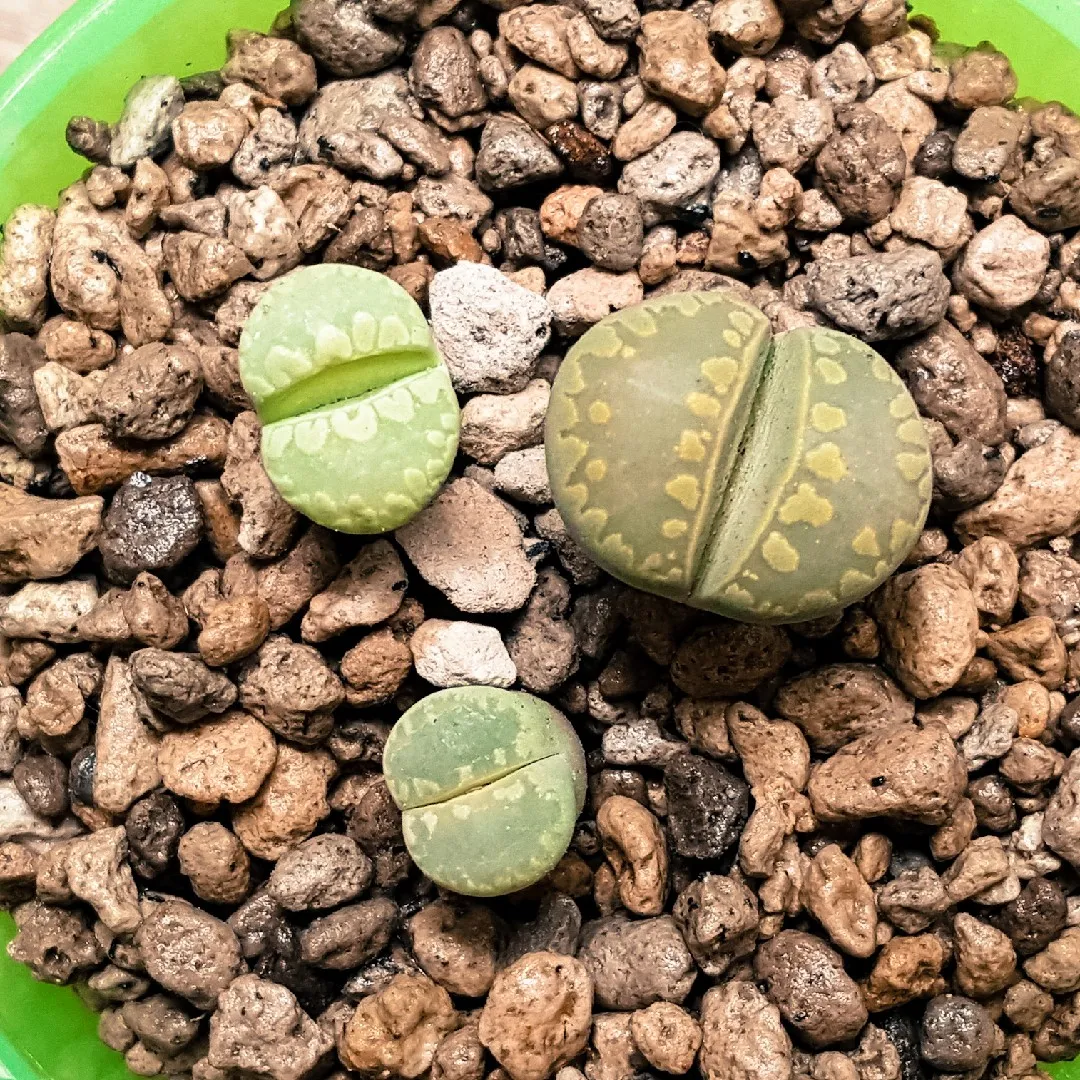Lithops are among the most unique and fascinating succulent plants in the world. Commonly known as living stones, these tiny plants have evolved to mimic the appearance of rocks in order to survive in harsh desert environments. Their incredible camouflage, slow growth, and unusual shape make them a favorite among collectors and botanists.
A Plant That Looks Like a Stone
Lithops are native to the arid regions of southern Africa, where survival depends on avoiding hungry herbivores. To protect themselves, these succulents developed a stone like appearance that allows them to blend perfectly with their surroundings. Their colors and patterns closely match the pebbles and soil around them, making them difficult to spot even at close range.
Unique Structure and Growth Pattern
Each Lithops plant consists of two thick fleshy leaves that form a split in the center. New leaf pairs emerge from this central gap as the old leaves shrink and disappear. This slow and steady growth helps Lithops conserve water in extremely dry climates. Despite their small size, they can store enough moisture to survive long periods of drought.
Adapted for Extreme Desert Conditions
Lithops thrive in regions with intense sunlight and minimal rainfall. Their leaf structure acts as a natural reservoir, reducing water loss and maximizing efficiency. The top surface of the leaves contains translucent windows that allow sunlight to penetrate deep into the plant for photosynthesis, even when most of the plant is buried below ground.
Stunning Flowers That Surprise Many
While Lithops may look like ordinary stones for most of the year, they produce beautiful daisy like flowers during their blooming season. The flowers are typically white or yellow and can be surprisingly large compared to the size of the plant. This sudden burst of color is one of the reasons Lithops are so popular among succulent enthusiasts.
A Favorite Among Plant Collectors
Lithops are highly valued in the world of ornamental plants. Their compact size makes them ideal for indoor cultivation, while their unique appearance adds a natural and artistic touch to any plant collection. They require minimal watering and thrive in bright sunlight, making them a low maintenance yet striking addition to home gardens.
Conservation and Sustainability
Although Lithops are widely cultivated, their natural habitats face threats from land development and climate change. Responsible cultivation and awareness are essential to protect wild populations. Many growers now focus on sustainable propagation to prevent overharvesting from the wild.
Final Thoughts
Lithops stand out as one of the most extraordinary examples of plant adaptation. Their stone like appearance, desert survival abilities, and charming blooms make them a true wonder of nature. Whether you are a collector or simply an admirer of unique plants, Lithops offer a captivating look into the creativity of the natural world.





